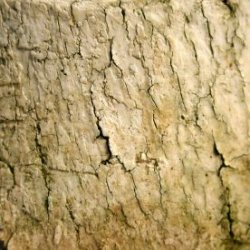Scrimshaw is the traditional art of drawing or etching on bone or ivory. The most notable people who practiced the art of scrimshaw were whalers and the Inuit. Sailors on board whaling ships often did scrimshaw as a way to pass the time on long voyages. Most of the early scrimshaw done by whalers portrays maritime life. Inuit people would depict scenes of their daily lives, their hunts and their activities.
Whalers would primarily use needles to do their scrimshaw, and most of their work was done on whale teeth and bone. Whale bone and teeth were obviously easy to come by and were not a valuable part of the catch. Early whalers were killing whales for the oil and not for the teeth or bone.
Once the sailor had his design etched, he would then darken it by using either tobacco juice or soot. Many of the early designs lacked detail, and the execution was not very good. This could be because most of the work was done aboard ship and often at night by small lanterns. Today’s Today, artists do not have to contend with unpredictable seas or winds. They not only work with good lighting but also often use a magnifying glass to help with really detailed areas.
Scrimshaw is different from carving in the way that it is done. Carving is done, for the most part, with knives whereas scrimshaw is done using needles. A person who does scrimshaw is called a scrimshander.
Google+
